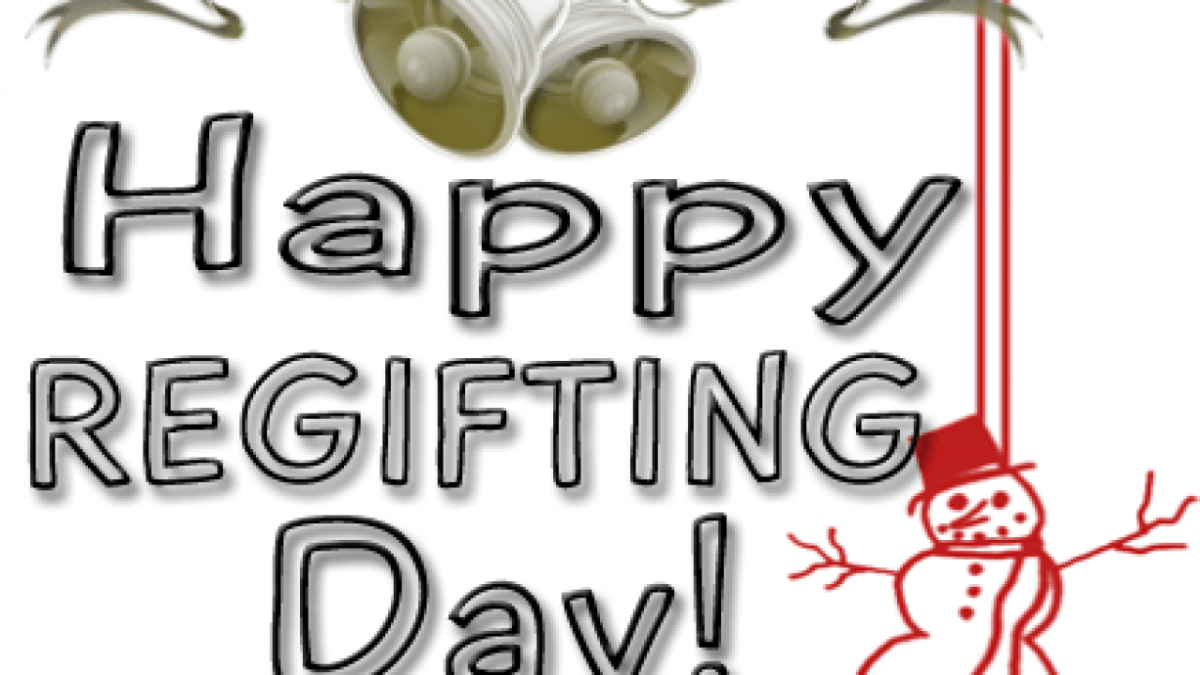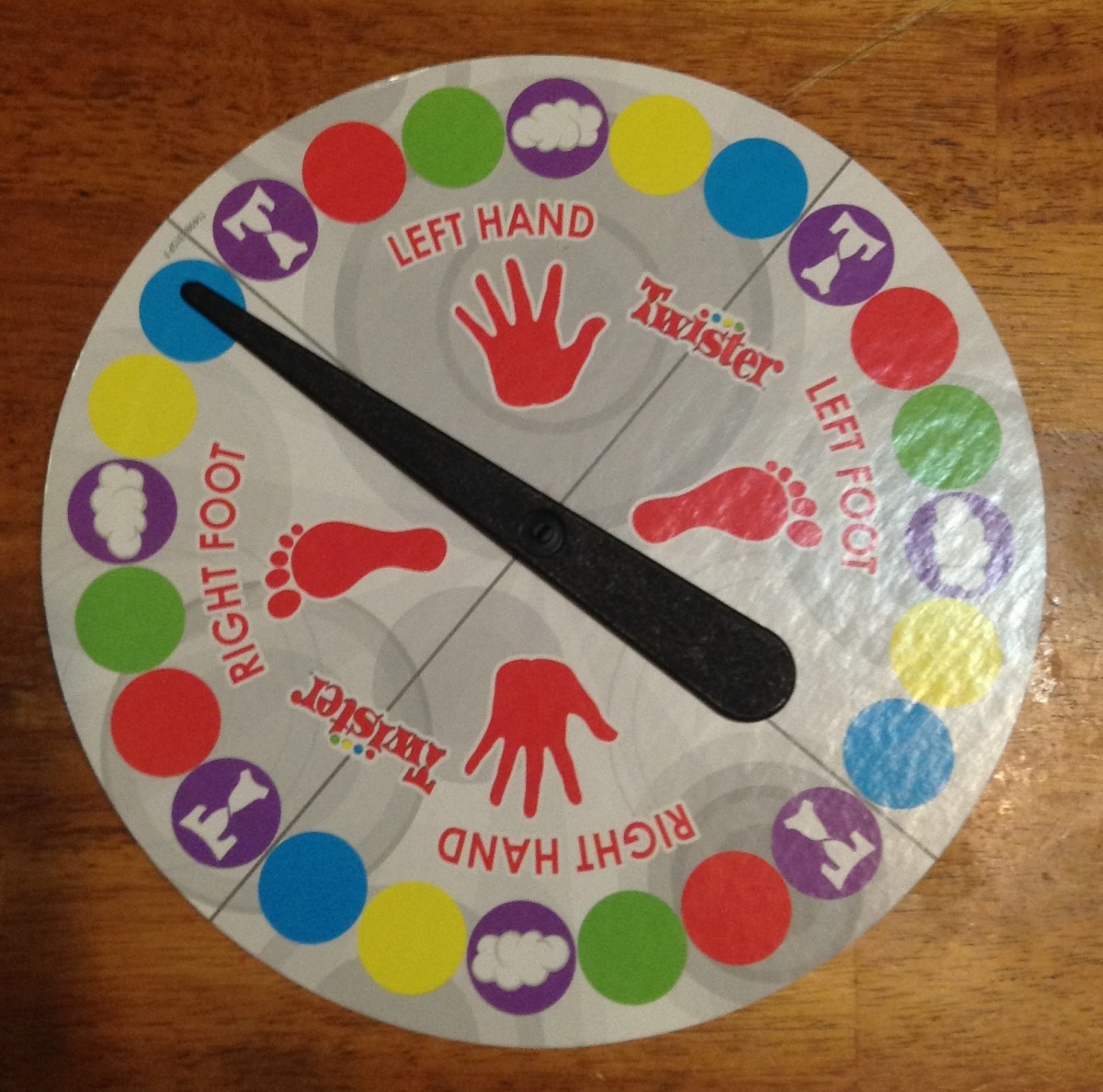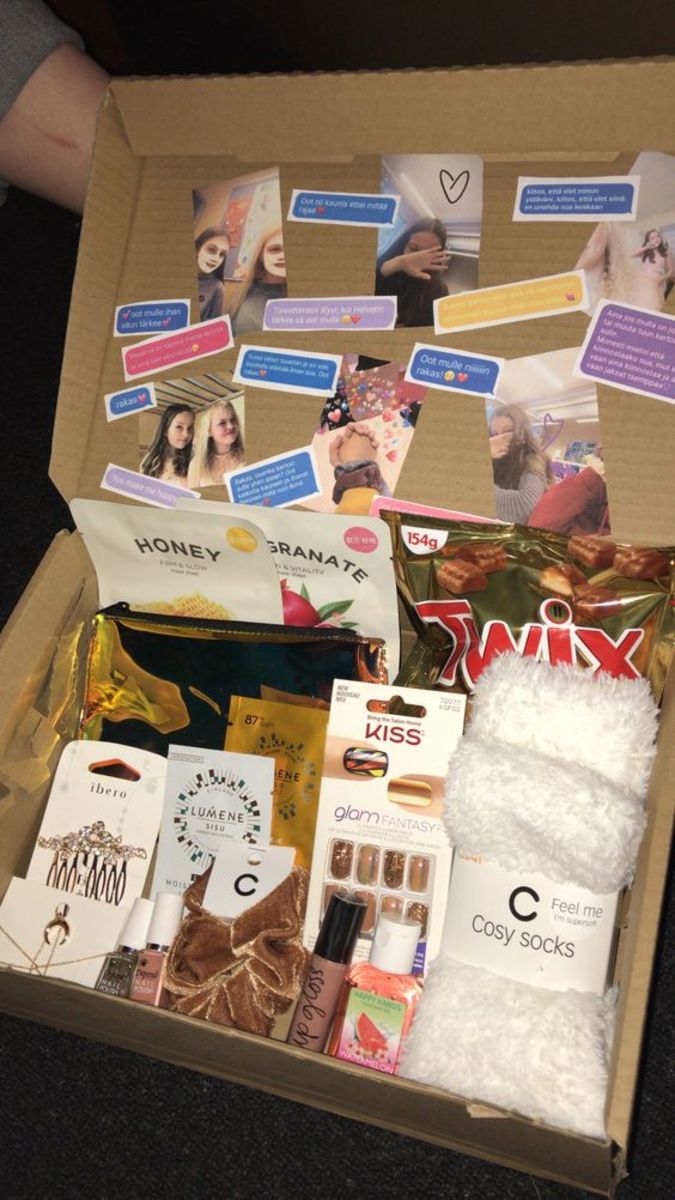12 Rules for Re-Gifting Without Fear

By Joan Whetzel
We’ve all received them. Duplicate gifts, or worse, gifts that we don’t like and will never use. So what do you do with these gifts, besides stash them away in the attic or a closet somewhere. Re-gifting has become the latest means for clearing out those unwanted items. But there are a few tricks to re-gifting the right way so no one gets their feelings hurt.
Re-Gifting: The Rules
- Rewrap the gift. The giver may or may not remember if they gave you this specific gift, but they will most certainly remember the gift if you present it in the same wrapping paper or gift bag. What hurts feelings in this case is not so much that you’re passing on the gift, but that you couldn’t even be bothered enough to unwrap it.
- Only re-gift unused items. Unless it’s a “white elephant” party, most recipients don’t want items that have been used. That includes partially used gift cards.
- Keep a catalog of who gave you what. Or label items you intend to re-gift so that you know who gave it to you and when. There’s nothing worse than re-gifting something to the person who gave it to you. It just screams, “You give lousy gifts!”
- Re-gift items to someone who will really appreciate them. Don’t just re-gift things to get them clear out your closet.
- Never re-gift one-of-a-kind, monogrammed, or handmade items. Promotional items or generic gifts, on the other hand, are fair game.
- Don’t let the receiver know that the item is a re-gift. That secret is one that it’s okay to keep to yourself. And don’t feel guilty about re-gifting, especially if you know it’s going to a good home.
- Re-gift to your favorite charitable organization. There are many people who could make use of that duplicate household item for free or at a less-than-retail price.
- You can always keep an unwanted gift if it’s from someone important and you know their feelings would be hurt if you didn’t at least pretend to enjoy it.
- Check the gift for notes or cash tucked inside that would clearly indicate that were the original recipient. Look for anything that would be a dead giveaway that you’re passing along an unwanted item to someone else.
- Take any re-gift items someplace where re-gifting is considered okay, like a “white elephant” party, a swap meet, or a flea market. Such events make it easier to find the right owner and lessens the chance that original giver will find out.
- Return it to the store. If the giver was kind enough to include a gift receipt, it means he or she recognizes that you may already have this item or that you may prefer a different model. This makes it easy to exchange something. On the other hand, you may inconspicuously ask where such a lovely gift was purchased. Then go exchange it on the sly.
- Sell it on eBay, Craig's List, or the Green Sheet. Of course, this only works if you know the giver doesn’t peruse these places regularly.
There are ways to pass on gifts that you can’t, or won’t, use. No need to clutter up those closets or attics any longer. As long as you’re careful, and follow the re-gifting etiquette, then passing on gifts to others who can make use of them is considered okay.
Wikipedia. Regift.
http://en.wikipedia.org/wiki/Regift
Regiftable. Regifting 101.
http://regiftable.com/Regifting101/Default.aspx
MSN.com The 9 Rules of Re-gifting.
http://money.msn.com/saving-money-tips/the-9-rules-of-regifting
Huffington Post. Re-gifting Christmas Presents: How to Do it Properly.
http://money.msn.com/saving-money-tips/the-9-rules-of-regifting








